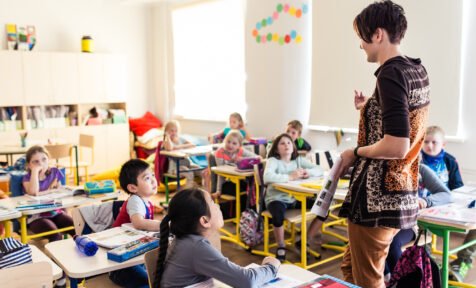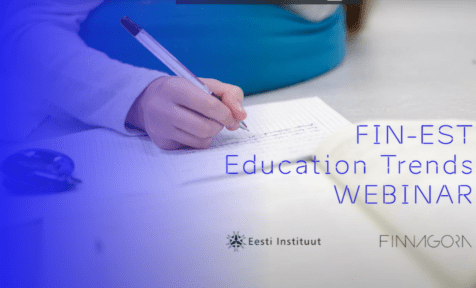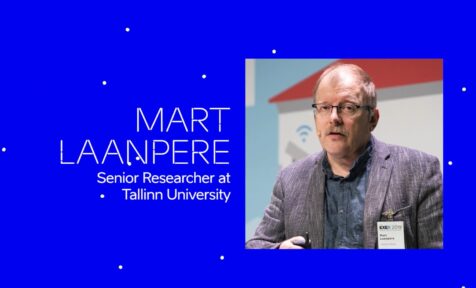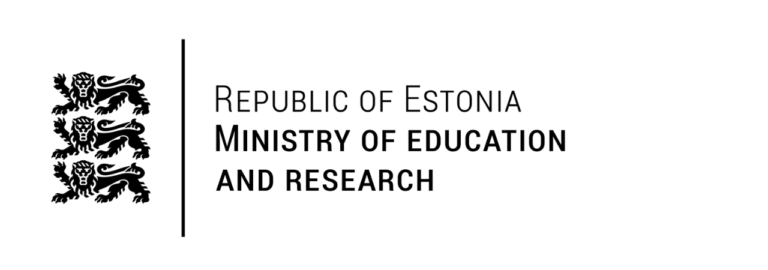Switching to online learning raised many questions for teachers. Could traditional methods be transferred to online learning? How to measure learning outcomes if teachers cannot physically see students? How to be well prepared for distance education?
Margus Pedaste, Professor of Educational Technology at the Institute of Education of the University of Tartu addressed the topic at the Edubest 2020 virtual conference and provided a view on how and what did we learn during COVID-19 pandemic and how the future of education will be changed by the new knowledge. (Watch also the recording of the presentation below.)
Approaches are closely linked to goals
Margus Pedaste described that the process of learning during the pandemic includes a lot of individual learning, and a teacher-centred approach is prevalent – whereas, before the crisis, the learning process was more collaboration-oriented. He also pointed out that video conferences are widely used in the distant learning setting, which makes it difficult for teachers to receive feedback from students. “Out of 5 metaphors of learning – acquisition, exercising, apperception, participation, discovery – the first two are overriding during the crisis,” Pedaste said, adding these two are also considered as rather traditional approaches to learning.
See also:
Timeline: What helped Estonia to start distance learning?
Therefore, learning how to involve different types of approaches, especially contemporary ones such as participation and discovery, should receive particular attention, Pedaste suggested. “This is very important as to achieve the learning goals, it is necessary to know which learning approaches must teachers implement,” he said, stressing that approaches are closely linked to goals. Teachers need to provide learners with a variety of possibilities to learn using different approaches depending on the learning goals and their personal preferences.
Attention to students’ emotions
It is now confirmed that Estonian teachers are highly autonomous, which is essential for coping with the lockdown. However, Pedaste described that in an online study, teachers often tried to implicate the same teaching methods which they have previously used in the regular classes. For some students, it worked out very well, but for others, it did not.
See also:
What are Estonian schools doing differently during the second wave?
The reason might lie in the possession of self-regulated learning (SRL) skills, as it appeared the level of these skills varies strongly among students. Self-regulated learners are aware of both their academic strengths and weaknesses, and they know how to use different strategies while tackling everyday academic tasks. There are four different areas of self-regulation – cognitive, meta-cognitive, motivational, and emotional –, Pedaste explained, adding that it is necessary to focus on developing all of them.
“The level of skills might depend on if developing them has previously been an important goal for teachers,” Pedaste supposed. According to him, the main issue is that cognitive aspects are the only ones that have been supported well in the online learning setting, whereas it is found that emotion-related skills have not received the same attention. If students experience positive emotions, they are interested in studying and collaborating with others, he explained, adding that one can imagine how negative emotions affect learning motivation and process. “Therefore, teachers’ attention must be drawn to students’ emotions,” Pedaste stressed, adding that one of the ways to do it would be asking the students to express their emotions in group work so other students can support their peers.
Suitable IT-infrastructure is required
In the distance learning setting, it is difficult to control students and therefore, the control has to be given to students. Teachers take the role of a facilitator as their main purpose is to provide the environment, resources, and support for the students. “Learners have to monitor, scan, and assess their process,” Pedaste said, adding that the focus has shifted from cognition to metacognition. According to him, this is good for supporting the contemporary SRL-approach where students have autonomy.
See also:
What helped Estonian schools successfully handle the coronavirus crisis?
Many years of setting up IT-infrastructure and building digital competence came in useful for Estonia and schools were able to switch to online learning setting quickly. However, the awareness of the fact that suitable IT-infrastructure – internet access, computers, and electronic school management system (such as eKool) – are necessary for an online study, could be an important lesson for other countries. “In terms of technology, it is very important to learn how to make the full use of technology to achieve the learning goals,” Pedaste stressed. It means that even though online learning materials are widely available, it is not enough. He advises developing guidelines for both teachers and students about how to collaborate through video, how to create new content and make learning visible from start to finish.





